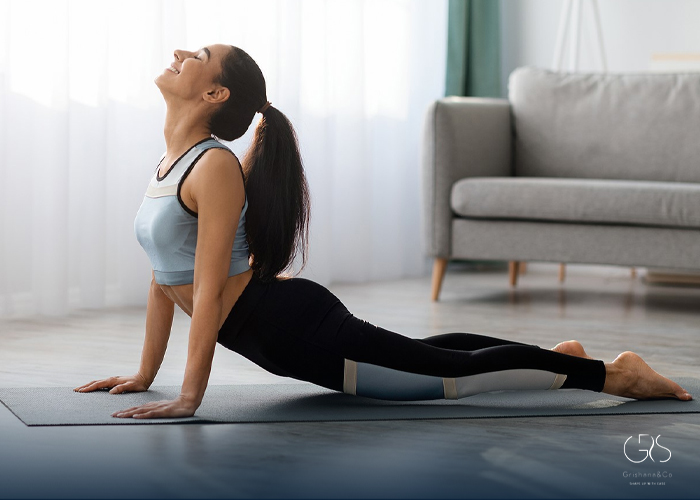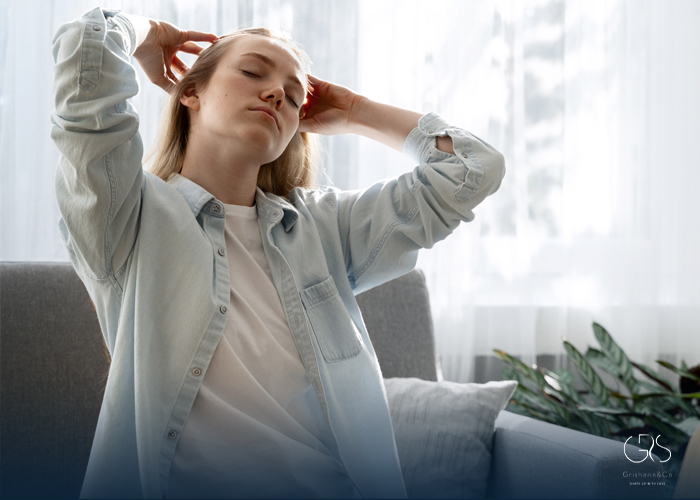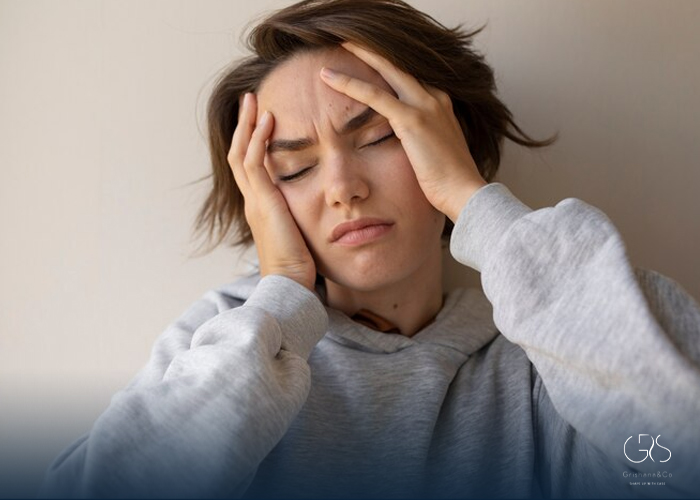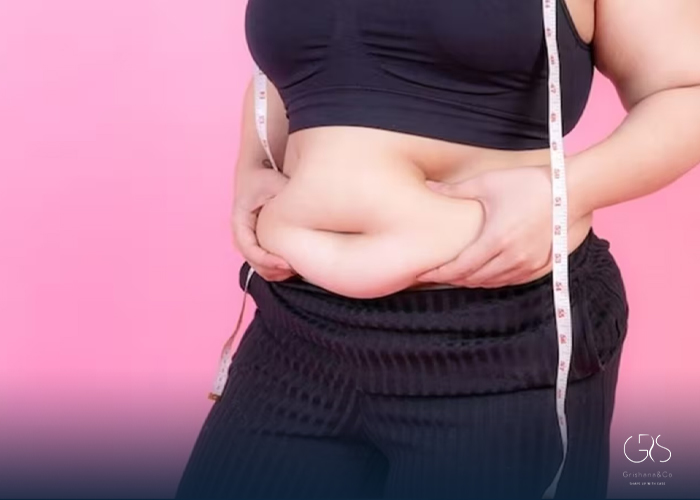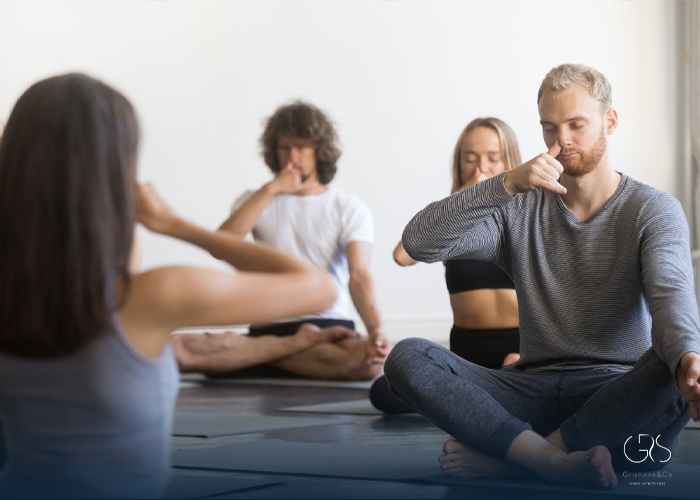Exercises for anxiety have long been recognized for their positive effects on mental health, notably in alleviating anxiety symptoms. Physical activity triggers the release of endorphins, acting as natural pain relievers and mood enhancers. Additionally, exercises for anxiety aid in reducing stress hormone levels, like cortisol, and improving sleep—both beneficial for anxiety management. Consistent engagement in these exercises can also elevate self-esteem and confidence, fostering a sense of achievement and empowerment to combat anxiety feelings.
5 Exercises for Anxiety
1.Cardio: Cardiovascular exercises, such as running, biking, or swimming, are great for reducing anxiety. Aerobic activities help increase heart rate and blood flow, promoting the release of endorphins which can improve mood and reduce stress.(I suggest reading my article to learn more about the benefits of aerobic exercise.)

2.Interval Training: High-intensity interval training (HIIT) involves short bursts of intense exercise followed by periods of rest or lower-intensity activity. HIIT has been shown to be effective in reducing symptoms of anxiety and improving overall mental well-being.
(If you’re interested in learning about HIIT workouts, I suggest checking out this informative article)
3.Dancing: Dancing is a fun and expressive way to relieve stress and anxiety. Whether you take a dance class, follow along with a dance workout video, or simply dance around your living room, moving your body to music can help release tension and improve your mood.

4.Nature Walks: Spending time in nature has been linked to lower levels of anxiety and stress. Taking a walk in a natural setting, such as a park or trail, can help calm your mind, reduce negative thoughts, and provide a sense of relaxation and tranquility.
(Check out my article on exercise for depression)

5.Yoga: Yoga combines physical postures, breathing exercises, and mindfulness techniques to promote relaxation and stress reduction. Practicing yoga regularly can help improve flexibility, strength, and mental clarity while also supporting emotional well-being.(Read more about the article on yoga exercise.)
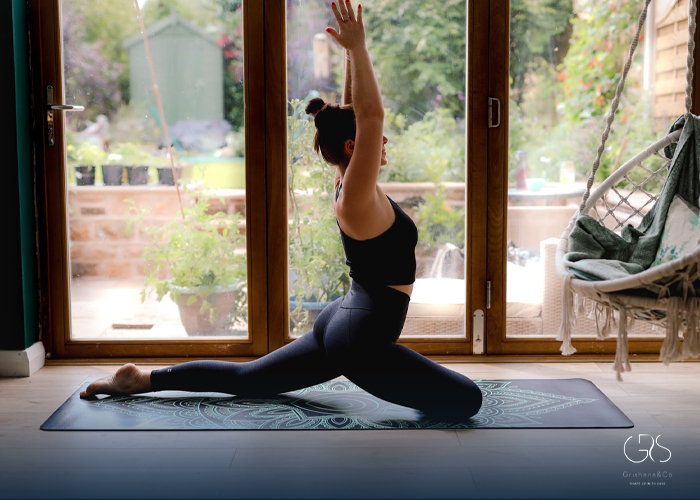
When To Contact a Healthcare Provider
While exercise can be a valuable tool in managing anxiety, it is important to seek professional help if your symptoms are severe or persistent. If your anxiety is interfering with your daily life, relationships, or overall well-being, consider consulting a healthcare provider, counselor, or therapist for further support and guidance. They can help determine the best treatment plan for your individual needs, which may include therapy, medication, or other interventions.
(If you would like to learn more about the causes of anxiety, I suggest reading this article.)
Conclusion
Incorporating regular exercise into your routine can be a powerful way to reduce anxiety and improve your overall mental health. By engaging in activities like cardio, interval training, dancing, nature walks, and yoga, you can help alleviate stress, boost your mood, and increase your sense of well-being. Remember to listen to your body, start slowly, and choose activities that you enjoy to make exercise a sustainable and enjoyable part of your self-care routine.
Sources
- American Psychological Association, Anxiety
- PubMed.gov, Exercise for Mental Health
- Healthline, Anxiety Exercises to Help You Relax


